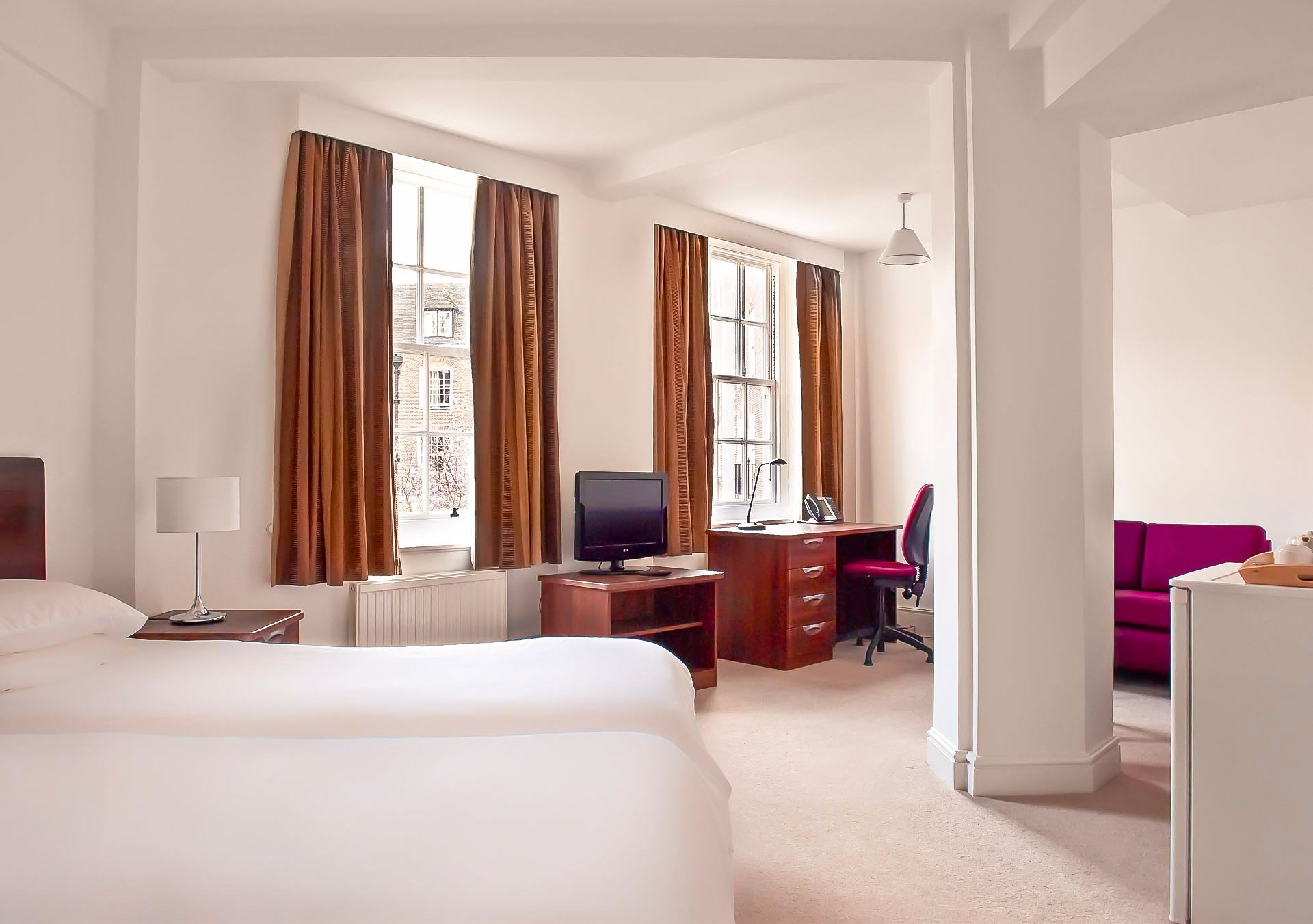Turin offre une agréable surprise à ceux qui s’attendent à une ville industrielle sans grand chose d’autre. En réalité, cette ville du nord de l’Italie possède un patrimoine extraordinaire et vivant à explorer. La ville a été considérablement rénovée en vue d'accueillir les Jeux olympiques d'hiver de 2006 et abrite désormais des palais rénovés abritant d'étonnantes collections d'antiquités égyptiennes et de peintures d'Europe du Nord, ainsi que de nouvelles zones piétonnes parmi des avenues et des places baroques.
Le plan des rues de la ville ressemble à une grille, ce qui permet de s'orienter extrêmement facilement. La route principale est la Via Roma, où vous trouverez des boutiques chères et des cafés chics. Les places de la ville offrent de la variété, par exemple la Piazza Carlo Felice possède un petit parc, tandis que la Piazza San Carlo se trouve à proximité de certains des musées les plus prestigieux de la ville.
Y arriver
Turin possède un aéroport international connu sous le nom d'aéroport international de Caselle Sandro Pertini, situé à Caselle Torinese, à environ 13 km (8 mi) du centre de Turin. Elle est reliée à la ville par un service ferroviaire (depuis la gare de Dora) et un service de bus (depuis les gares de Porta Nuova et de Porta Susa).
Il existe un système de partage de vélos, le ToBike, qui fonctionne dans la ville.
La zone métropolitaine est desservie par le service ferroviaire métropolitain de Turin.
